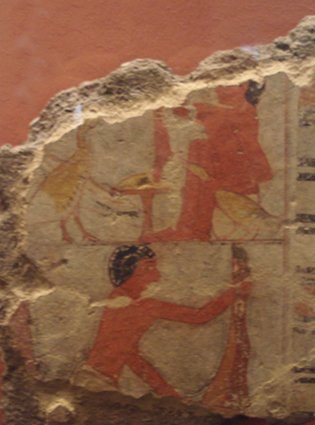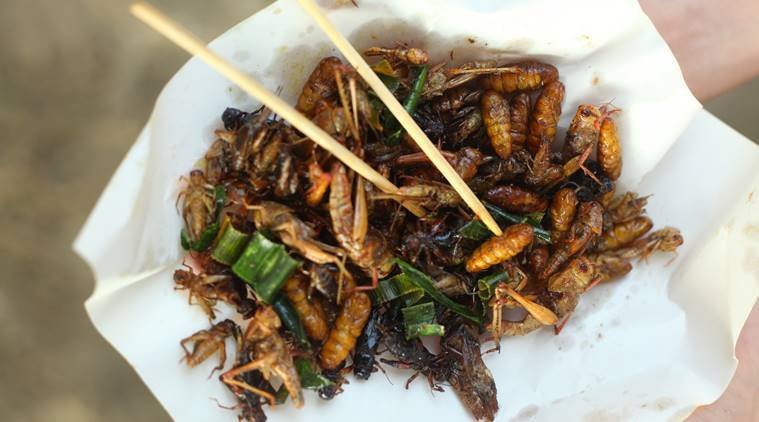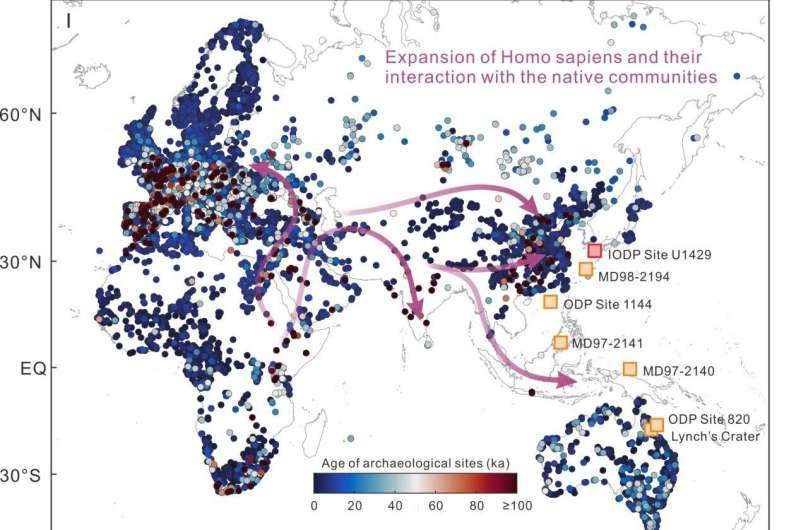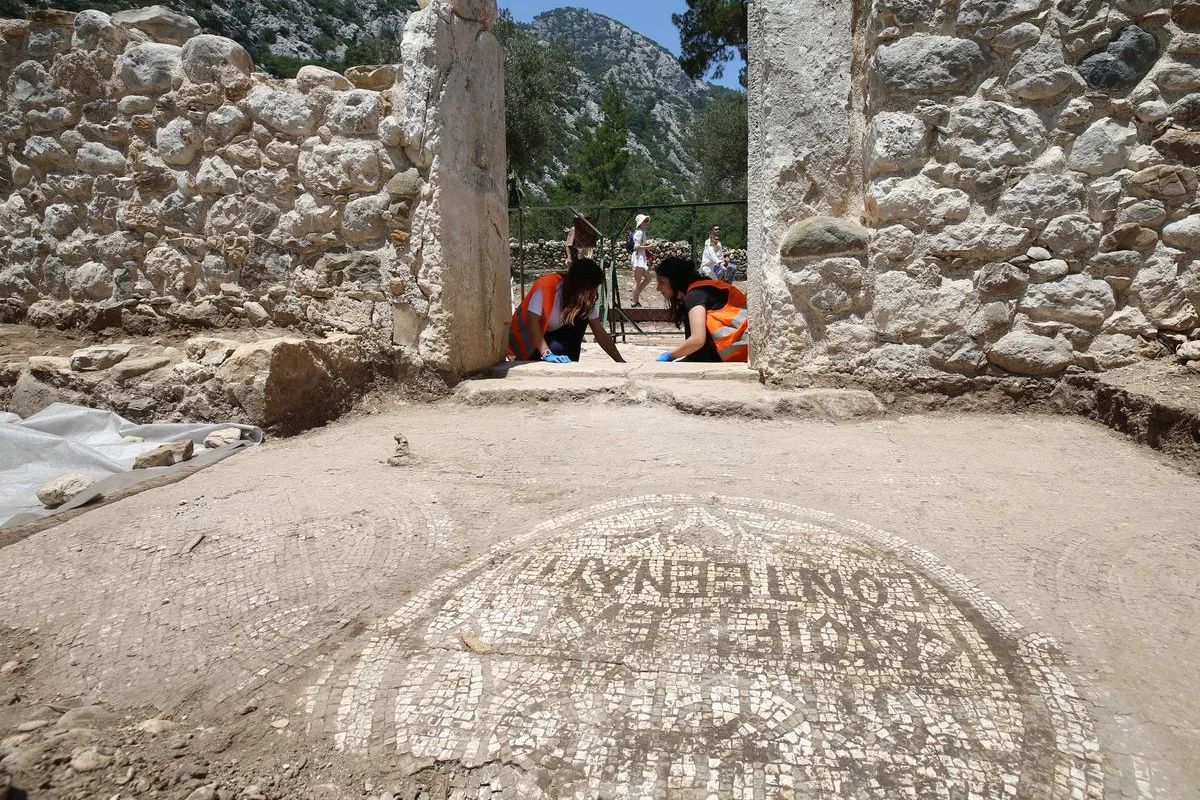Criticized by many for its production processes, hated by many for its peculiar flavor, and considered by many to be the most prized and delicious food there is: foie gras, it always brings with it ranks of supporters and opponents to every banquet it comes to.
Associated with French cuisine, and historically linked (mistakenly) to Gallic origins and the opulent eras of kings and palaces, foie gras actually traverses human history back millennia, and finds its origins in the Nile swamps, a land of legends, myths, and fascinating stories.
The reality is that the error in attributing the birth of this dish is made by even the most passionate foodies, as it is a paternity that Egypt has never pushed so hard to claim.
Thus, it remains a common mistake, but one that for the most curious must be analyzed historically.
Why does it originate specifically in Egypt?
How and who subsequently imports it into Europe?
How did it come to be famous within "cuisine francaise"?
The civilization of ancient Egypt, throughout its millennia of history, has always been a nucleus of innovation in every sphere, laying the foundation for the great European and African civilizations that flourished later.
Even from the point of view of food preparation and storage, some of the inventions that occurred on the banks of the Nile are still considered innovative and in our case even progenitors of the world of gourmet cuisine.
As introduced earlier, the process of foie gras preparation was first used by the farmers of ancient Egypt, and more specifically by those in the marshy areas of the Nile delta.
Birth unrelated to the world of food
Why this process was started on the animal in order to obtain a fatter liver still divides some historians today.
In addition to the goal of producing a food that was pleasing to the taste, in fact, the Egyptians used the liver of geese, ducks and other animals to produce the first candles known to man as early as around 3,000 b.c.e. by coating dried reed reeds with animal fat.
As for the food, on the other hand, there is evidence of its preparation dating to around 2,500 b.c.e., this thanks to frescoes found in the necropolis at Memphis.
Of course, there are no dates and certainties related to which practice was first implemented, although it is believed that the use of the candle originated first: thus assuming that after using a fatty liver as fuel to illuminate the dark desert nights, man tasted this extraordinary and original product for the palates of the time.
Pharaonic banquets
We have seen how foie gras originated in Egypt, thanks to the numerous presence of these animals in the paludal areas of the Nile and the craftsmanship of Egyptian artisans, despite which it cannot be described as a food on the tables of all inhabitants.
The labor commitment and cost of preparing foie gras was high from the very beginning, causing it to be presented as a niche product from the very beginning.
So if we could go back in time and conduct a documentary on the food of ancient Egypt, we would not find goose or duck liver pâté in the tables of peasants or merchants, but in the majestic banquets held in the imposing palaces of the pharaohs.
We might, in fact, enjoy ancient foie gras in the company of the priests and nobles of this splendid society.
The journey of foie gras to Europe
After analyzing the birth, the question arises.
How did the food arrive on European soil?
The answer lies behind the journey of the first Greek pharaoh in Egypt's history: Alexander the Great.
As we all know, the Macedonian king arrived on the shores of Egypt during his journey to conquer the then known world.
Alexander's army conquered the land almost peacefully, as the Persian empire (which had ruled the Egyptian lands since 525 b.c.e.) surrendered to the Greek forces, and Philip II's son was welcomed as a liberator, so much so that he was crowned pharaoh in 332 b.c.e.
The globalization brought by the Macedonian empire made cultural exchanges between all the conquered territories even more possible: thus the various culinary customs of the various cultures also came into contact, without collision but leading to the birth and discovery of many ingredients and preparations, including even Egyptian foie gras.
In fact, this increase in food exchange made possible the discovery of the product in the Greek peninsula as well.
The arrival of foie gras in Rome
The fall of the Macedonian empire by the hands of the Roman army, first with its defeat at the Battle of Pydna in 168 B.C. and later with its annexation to the Roman republic in 148 B.C., indelibly marked the history of Europe.
Although Roman policy toward the Greek territories was filled with contempt and exploitation, the empire's intellectuals and wealthy looked upon Hellenic culture with great admiration and respect, which fostered the "Greekization" of many cultural aspects of the then capital of the world.
The Roman poet Quintus Horatius Flaccus in one of his epistles wrote, "Graecia capta ferum victorem cepit," meaning that the crude and fierce conqueror, subdued the Greeks with arms, but the Greeks with letters and art civilized Rome and the whole of the then empire.
The increase then economic and mercantile exchanges between the two territories, now under the same reign, were fortified and increased exponentially.
It can therefore be assumed that the product whose history we are tracing came into close contact with the Roman empire at this time.
Certainly even earlier Rome was aware of the Greek culinary culture, but as mentioned above, goose fatty liver never represented an everyday food, but rather a whim and glitz of the rich in the palace.
And it is precisely during this period that it may have arrived in the empire's market.
A detail that reinforces this theory of ours, lies behind the figure of Marcus Gavius Apicius, the most important gastronome, cook, and writer that antiquity has ever seen.
An almost mythological figure in fact, given the paucity of information about his personal life, according to many a figure to whom cookbooks written by many different authors are credited, a kind of gastronomic deity.
Apicius' foie gras
Marcus Gavius Apicius, at the turn of the first century B.C. and the first century A.D., created real guidelines on feeding birds in order to obtain the best possible foie gras.
Within the collection "De re coquinaria," a bible of gastronomy considered by many to be the greatest gastronomic work in history, Apicius recounts how to sweeten the wild taste of the liver of these birds, it was necessary to feed the animal with figs.
This technique was so revolutionary that it also left an etymological trail behind it; enough to think that the word "ficatum", which means liver in Latin, takes its root from the very fruit that Marcus Gavio used to create his foie gras, the "ficum."
The arrival of the dish in France
As everyone knows, the Roman Empire extended to a great many territories in central Europe, including present-day France, called Gaul at the time.
Thanks to this rule we finally have the arrival of our protagonist in Gallic, French territory.
It was precisely the magnificent technique of the gastronome Apicius that made foie gras the protagonist at all imperial banquets, in every corner of Roman territory.
But how did it become famous in French cuisine in later years?
The reality is that the dish had a dark period after the fall of the Roman Empire, and the use of goose fat was carried on only by European Jewish families.
Until, during the reign of Louis XIV, cooks throughout the kingdom, seeking to impress the king's overweening and vitiated palate resorted to forgotten recipes that would charm royal banquets.
It was at one of the banquets, probably in the palace of Versailles, that a cook decided to prepare foie gras and have the king taste it: delighted by the delicacy and deliciousness of the dish, he declared it the "food of kings," giving it a second life and making it famous throughout the French palaces.
To mention only that in 1778, the governor of Alsace, had his best foie gras tasted by King Louis XVI, who immediately appreciated it, making a gift of 20 gold coins to the court cook: from there, every cook in the French kingdom studied new recipes to astound their sovereigns, making foie gras the most requested dish by the European aristocracy.
Even today the dish is still associated with wealth, power, and splendor; for as we know, history rarely changes.
Why?
Because after all, we are...what we used to eat.






















